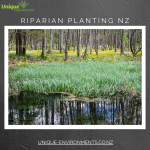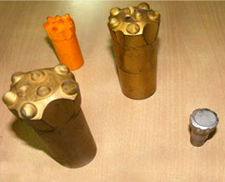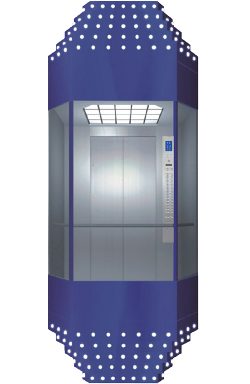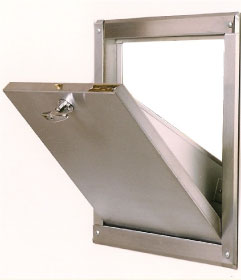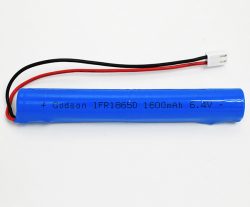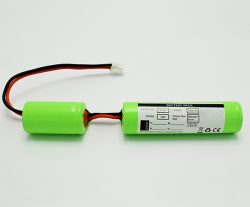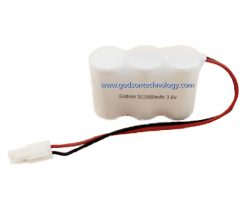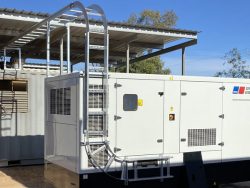Best Planting and Establishment Techniques for Revegetation
Welcome to our blog post about revegetation project best practices for establishment and planting! Effective planting and establishment practices are essential for any endeavor, be it restoring a wetland or just making your surrounds more visually appealing. This piece will discuss several essential tactics to make sure your revegetation efforts in New Zealand are successful and long-lasting. So take a cup of tea, don your gardening gloves, and let’s explore the fascinating field of revegetation together!
Setting Up the Scene
In NZ, preparing the site is an essential first stage in any revegetation process. In order to guarantee ideal circumstances for plant growth, it’s critical to evaluate the site and perform the required preparations before planting can start.
Eliminate any weeds or vegetation that might compete with the recently planted species. This can be accomplished manually or with the use of machinery, like tilling or mowing. You can make room for the desired species to flourish by getting rid of undesirable plants.
Next, take fertility and soil quality into account. To ascertain the pH and nutritional content of the soil, test it. Based on these findings, soil health can be enhanced and a favorable environment for plant development can be created by adding amendments like lime or organic matter.
Site preparation should take adequate drainage into account in addition to soil quality. Waterlogging, which can cause root rot and impede plant growth, can be avoided by making sure there is sufficient drainage.
Take the site’s possible erosion problems into consideration. During periods of high rainfall, soil erosion can be reduced by putting in sediment fences or contour plowing, among other erosion control techniques.
You create the conditions for a successful revegetation project by taking the time to thoroughly prepare your site before planting!
Scheduling of Irrigation at Establishment
A successful revegetation project requires careful planning of irrigation during the establishment phase. Newly planted vegetation can develop and survive much more quickly when watered properly. When it comes to irrigation, take into account these recommended practices.
It’s all about timing. For plants to encourage root establishment, watering them soon after installation is crucial. Make sure the soil is evenly saturated by giving it a thorough initial soaking.
A consistent irrigation schedule needs to be adhered to when the plants are established. Depending on the weather, including temperature and rainfall, this will usually require watering once or twice a week. It’s critical to avoid overwatering since this might cause root rot and other problems.
To schedule irrigations effectively, soil moisture levels must be monitored. When it’s time to water again, you can use a moisture meter or just visually inspect the soil.
Furthermore, for bigger revegetation projects, drip watering systems are worth taking into account. These systems maximize efficiency and save waste by delivering water straight to the roots of the plants.
You can make sure your revegetation efforts are successful and thrive at their best by adhering to these best practices for irrigation scheduling during establishment!
Observation and upkeep throughout the First Growing Season
In New Zealand, the first growing season for revegetation planting is critical for monitoring plant establishment progress and putting appropriate management procedures in place. For efficient monitoring and maintenance, consider the following best practices:
1. Routine Inspections: Perform routine inspections to evaluate the general well-being and development of plants. Watch for any stress indicators, including wilting or discoloration, as these could point to a lack of nutrients or insufficient hydration.
2. Weed Control: When it comes to resources like water, nutrients, and sunlight, weeds can compete with recently planted vegetation. To inhibit weed growth and provide the planted species with a competitive edge, use weed management techniques like mulching or hand weeding.
3. Control of Pests: Be vigilant against pests that could undermine or harm your efforts at revegetation. If left untreated, insects, rodents, and other animals can cause serious damage. To lessen their impact, think about implementing eco-friendly pest management techniques.
4. Modify Watering Schedule: As plants grow more established, they may require different amounts of water. To maintain ideal hydration without overwatering, periodically check the moisture content of the soil and modify irrigation as necessary.
5. Fertilization: To ensure wholesome growth during the first growing season, more fertilizer may be needed, depending on the type of plant and the conditions of the soil. Every few months, evaluate the soil for nutritional inadequacies and apply the right fertilizers based on the findings.
6. Prevent Erosion: Recently planted sites are frequently susceptible to erosion since their vegetation’s undeveloped root systems leave them without enough ground cover.
up high-risk regions, think about putting up erosion control measures like erosion blankets or sediment fences to stop erosion.
You may maximize the success of your revegetation project by keeping a close eye on plant health during the first growing season and using the right maintenance measures when necessary!
Recall that every location has different needs depending on elements including the target species’ requirements, the wetland’s features, and the temperature.
Visit us @ https://unique-environments.co.nz/



